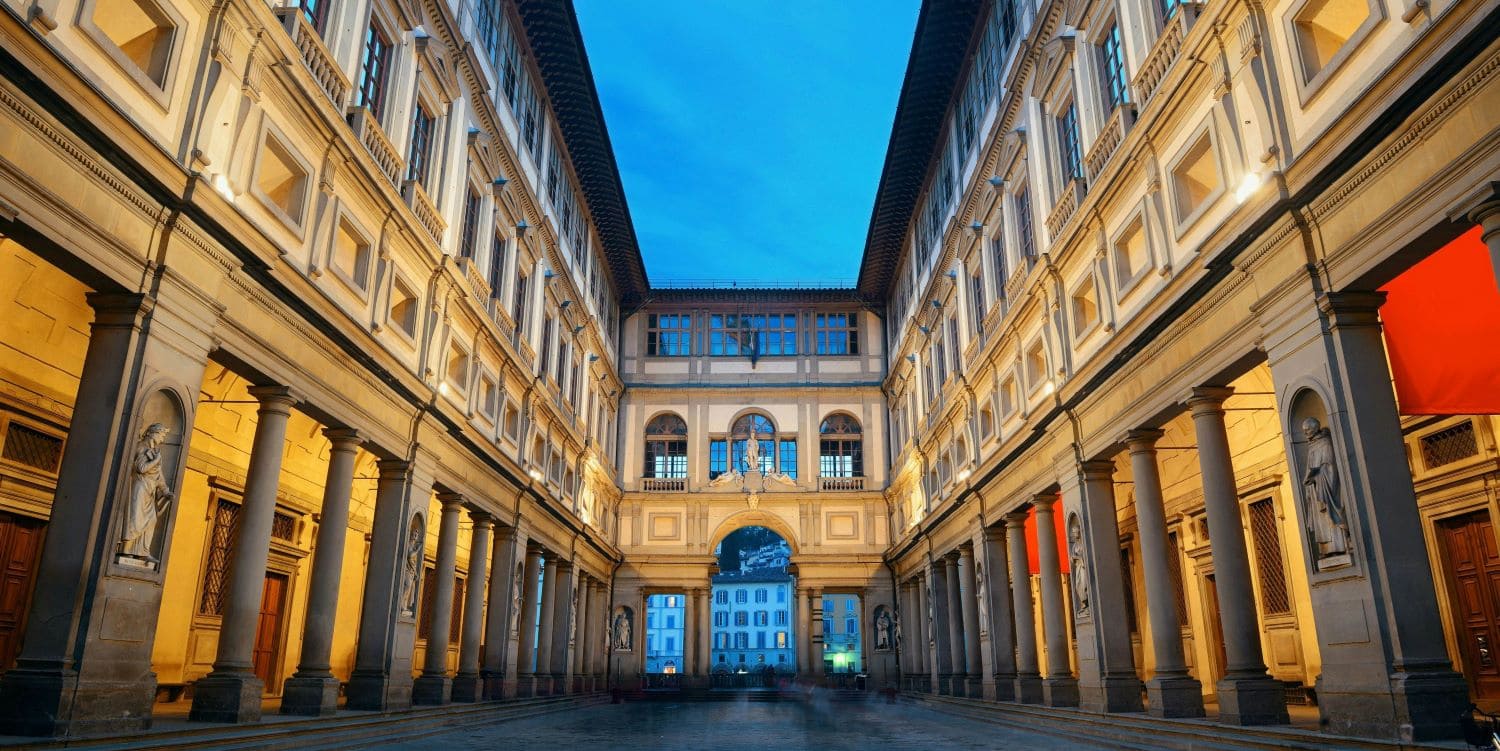The world is home to several iconic museums that are renowned for their vast collections, architectural significance, and historical importance. These museums not only house some of the most valuable and culturally significant art and artifacts but also serve as symbols of human creativity, history, and knowledge. Here are some of the most iconic museums across the globe:
1. The Louvre (Paris, France)
- Overview: The Louvre is the world’s largest and arguably most famous museum, renowned for its extensive collection of art and artifacts from ancient civilizations to the 19th century. It’s housed in a historic palace and is most famous for masterpieces like Leonardo da Vinci’s Mona Lisa and the ancient Greek statue Venus de Milo.
- Highlights: Mona Lisa, Venus de Milo, Liberty Leading the People by Eugène Delacroix, Winged Victory of Samothrace.
- Architecture: Originally a royal palace, the Louvre was transformed into a public museum in 1793. The addition of the modern glass pyramid designed by I.M. Pei is one of its defining architectural features.
2. The British Museum (London, England)
- Overview: Founded in 1753, the British Museum is one of the oldest and largest museums in the world, known for its collection of over eight million artifacts spanning two million years of human history. Its collection includes works from ancient civilizations such as Egypt, Greece, and Rome.
- Highlights: The Rosetta Stone, Elgin Marbles (Parthenon sculptures), Egyptian mummies, and the Benin Bronzes.
- Architecture: A neoclassical structure with an iconic Great Court designed by Norman Foster, featuring a massive glass roof.
3. The Metropolitan Museum of Art (New York, USA)
- Overview: Commonly known as “The Met,” this is one of the largest and most comprehensive museums in the world, with a collection that spans 5,000 years. It showcases everything from ancient artifacts to modern art, with special wings dedicated to European paintings, Egyptian relics, and more.
- Highlights: Washington Crossing the Delaware by Emanuel Leutze, Self-Portrait with a Straw Hat by Vincent van Gogh, and Temple of Dendur (a complete Egyptian temple).
- Architecture: Located along New York City’s Museum Mile, the Met combines elements of Gothic Revival and Beaux-Arts architecture.
4. The Vatican Museums (Vatican City, Rome, Italy)
- Overview: These museums house the vast collection of the Roman Catholic Church, including works from classical antiquity and Renaissance masterpieces. The highlight of the Vatican Museums is the Sistine Chapel, with its famous ceiling painted by Michelangelo.
- Highlights: The Sistine Chapel frescoes by Michelangelo, Raphael Rooms, and classical sculptures like Laocoön and His Sons.
- Architecture: The museum complex includes several papal palaces and the Sistine Chapel, one of the most architecturally significant spaces in Western art.
5. The Uffizi Gallery (Florence, Italy)
- Overview: The Uffizi is one of the oldest and most famous art museums in Europe, home to an unparalleled collection of Renaissance masterpieces. Located in Florence, it was initially created to display the collections of the ruling Medici family.
- Highlights: The Birth of Venus and Primavera by Sandro Botticelli, Annunciation by Leonardo da Vinci, and works by Michelangelo and Raphael.
- Architecture: Designed by Giorgio Vasari in the 16th century, the Uffizi is an architectural masterpiece in itself, representing the height of Renaissance design.
6. The Hermitage Museum (St. Petersburg, Russia)
- Overview: The State Hermitage Museum, founded by Catherine the Great in 1764, is one of the largest and oldest museums in the world. It houses over three million items, including the largest collection of paintings anywhere in the world.
- Highlights: Madonna Litta by Leonardo da Vinci, works by Rembrandt, Titian, and the French Impressionists, and the Peacock Clock.
- Architecture: Housed in the Winter Palace, the museum is a stunning example of Baroque architecture and has grand interiors that reflect the opulence of the Russian Empire.
7. Museo del Prado (Madrid, Spain)
- Overview: The Prado is Spain’s premier national art museum and holds one of the finest collections of European art, particularly Spanish masters. It is renowned for its impressive collection of works by Francisco Goya, Diego Velázquez, and El Greco.
- Highlights: Las Meninas by Velázquez, The Garden of Earthly Delights by Hieronymus Bosch, and works by Titian, Rubens, and Goya.
- Architecture: Built in a Neoclassical style in the late 18th century, the Prado’s grand halls and spacious galleries allow for optimal viewing of its world-class art collection.
8. The Rijksmuseum (Amsterdam, Netherlands)
- Overview: The Rijksmuseum is the most important museum in the Netherlands, known for its extensive collection of Dutch Golden Age masterpieces, along with significant works of European and Asian art. It underwent a major renovation that enhanced its display and architecture.
- Highlights: The Night Watch by Rembrandt, The Milkmaid by Johannes Vermeer, and works by Frans Hals and Jan Steen.
- Architecture: A mix of Gothic and Renaissance styles, with a grand atrium and beautifully renovated interiors that blend historic charm with modern design.
9. Tate Modern (London, England)
- Overview: Tate Modern is one of the most popular contemporary art museums in the world, located in a former power station on the banks of the River Thames. It focuses on modern and contemporary art from the 20th and 21st centuries.
- Highlights: Works by Pablo Picasso, Salvador Dalí, Mark Rothko, and large-scale installations in its vast Turbine Hall.
- Architecture: The building itself, a converted power station designed by Sir Giles Gilbert Scott, is a striking example of industrial architecture repurposed for art.
10. Guggenheim Museum (Bilbao, Spain)
- Overview: The Guggenheim Bilbao is renowned not only for its collection of modern and contemporary art but also for its revolutionary architecture, designed by Frank Gehry. The museum is an icon of modern architecture and a key player in the global contemporary art scene.
- Highlights: Works by Jeff Koons, Mark Rothko, and Richard Serra, with changing exhibitions of modern and contemporary artists.
- Architecture: The building is a masterpiece of deconstructivist architecture, with its flowing curves of titanium, glass, and limestone.
11. National Gallery (London, England)
- Overview: The National Gallery is one of the most visited art museums in the world, with an outstanding collection of Western European paintings from the 13th to the 19th centuries. It is located in Trafalgar Square and is free to the public.
- Highlights: The Arnolfini Portrait by Jan van Eyck, Sunflowers by Vincent van Gogh, and works by Rembrandt, Turner, and Leonardo da Vinci.
- Architecture: A grand neoclassical structure designed by William Wilkins, it sits prominently in Trafalgar Square.
These iconic museums serve as cultural landmarks and repositories of human history, housing some of the world’s most treasured artistic and historical objects. They offer both locals and travelers a window into the diverse expressions of human creativity and achievement.

